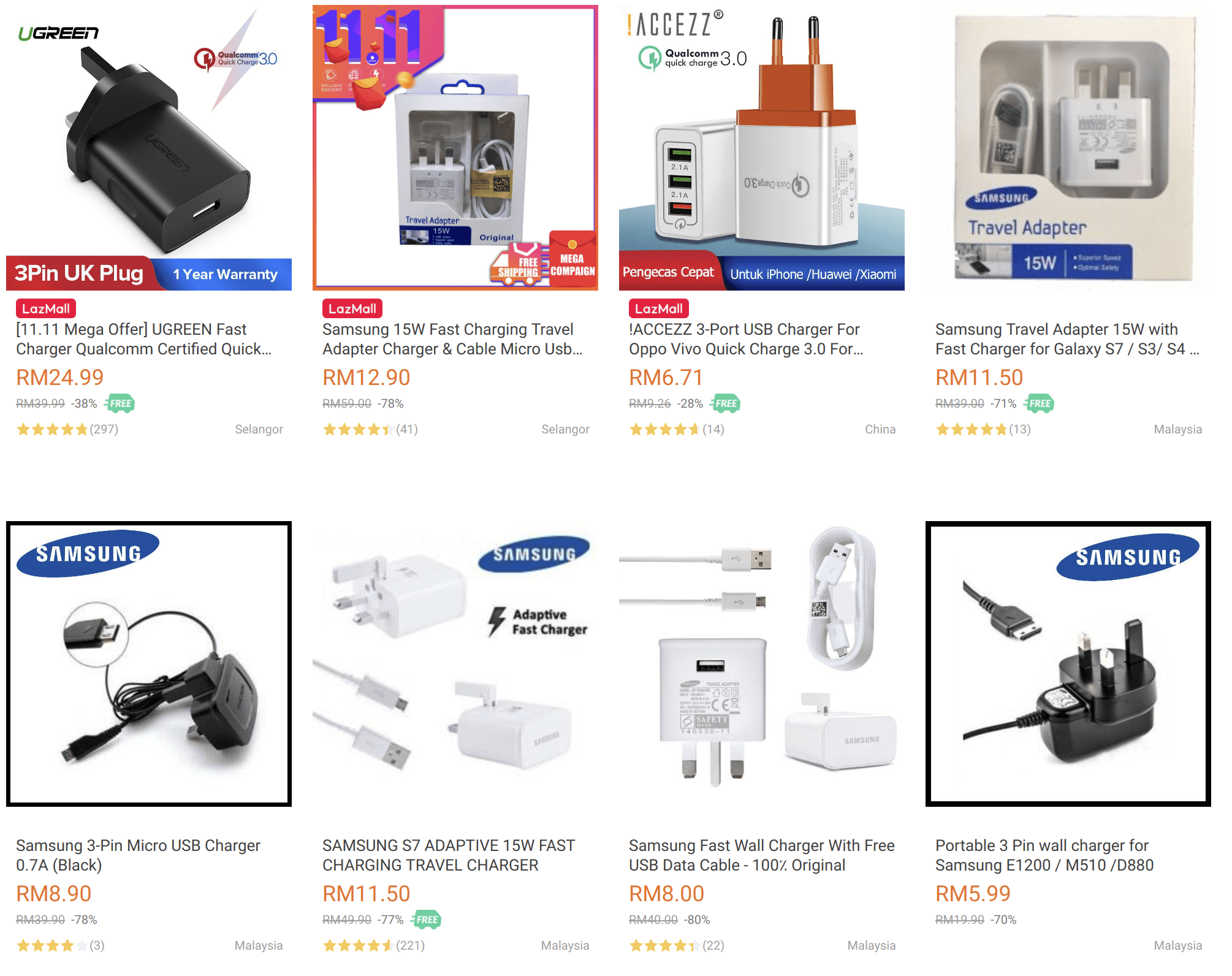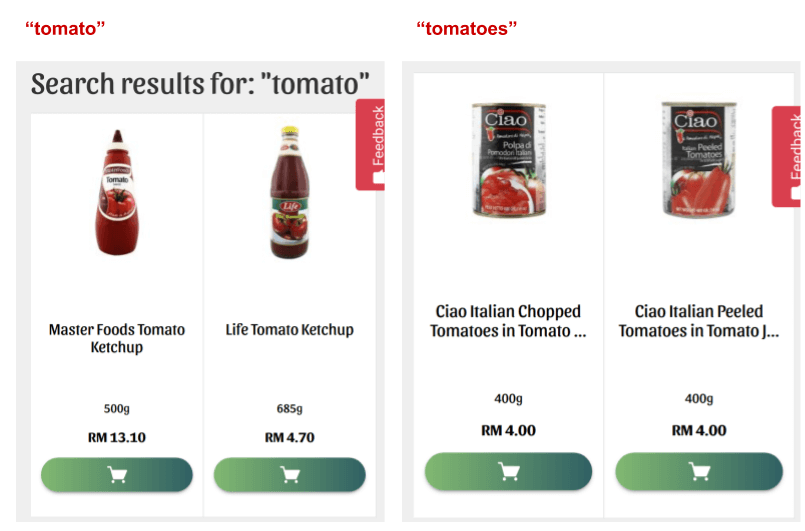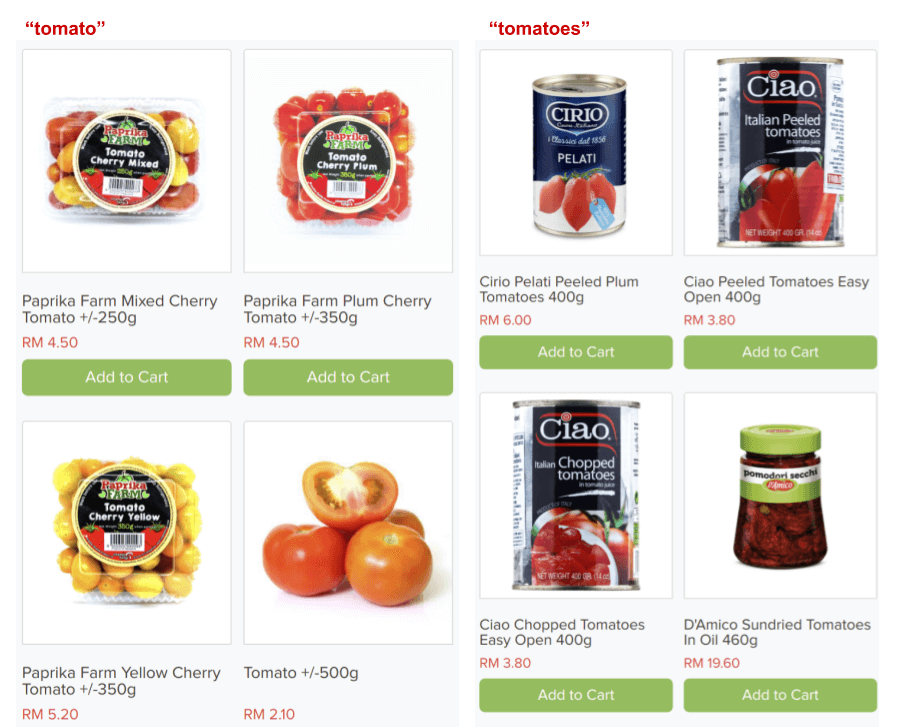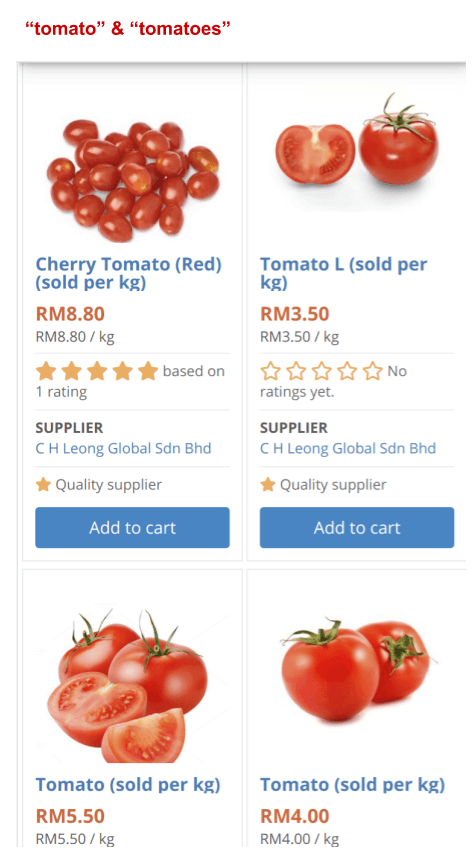The region’s internet penetration and online banking is quite high but the processes around ecommerce are lacking. Here are some things I think need to be improved.
Delivery has a long way to go
There is no physical reason for a delivery to KL to take more than a day. Amazon ships across the entire US in the same timeframe.
But, there is a high reliance on 3PL and they work only working hours; don’t work weekends; don’t pick up after 6pm; As a result things often can’t get delivered in a day. If it’s Friday, make that four.
Klang Valley is tiny, next day delivery should be trivial and inexpensive.
More frequent pickups and deliveries and better operations are needed.
Quality over quantity
There is an overabundance of made-in-china OEM-type stuff right now. The top results are bound to be Alibaba-type items for basically any search.
Poor quality items that take a long time to ship are decreasing trust and accessibility of ecommerce as a part of every day life.
I definitely prefer to go to a mall rather than buy something online that takes who-knows how long to ship and is of who-knows-what quality. I’ve gotten a water bottle that tastes like plastic and am yet to receive a watch strap that I ordered in August (it’s November now).
Because Alibaba bought Lazada and because Shopee started out with dropshipping these types of merchants are extremely pervasive.
For a lot of goods part of the reason why the brand matters is quality control. If you buy a Samsung phone you know that it’s been tested to Samsungs level of quality control standards. If you buy a knock-off, it’s more than likely that the standards are significantly lower.
As a result of the influx of OEM items posing to be brands the number of fakes is astonishing.
Here’s an example for a search for a Samsung charger:

Not one is a legitimate result. Furthermore, the second row is entirely fake items.
Both Lazada and Shopee are trying to solve this by introducing “Malls” but the first three results above are fake but are still in the “LazMall” category.
Everything is on sale, but nothing is actually on sale
Right now, everything is on sale, all the time.
Nearly all products are retail price but are advertised as being on sale. Even official stores are advertising 50% sale whereas the exact same item could be ordered for less from Amazon including shipping.
Here’s the exact same item on Lazada and the first non-MY result:

It retails for less than the Lazada supposed 38% discounted price (AUD49 = RM138). Ridiculous.
This is definitely a form of false advertising and needs to be regulated.
The bigger issue here, however, is that users are now accustomed to having discounts and coupons all the time. This has made ecommerce an opportunistic shopping channel: wait for a discount and then buy. Shoppers will go into Guardian and buy necessities regardless of promotions. They wont buy the exact same things online unless they’re discounted.
Ecommerce isn’t for normal shopping.
Groceries
Groceries are getting better, and there’s quite a lot of competition. If the customer is at home to receive it generally isn’t bad, minus the scheduling mishaps.
However, there are a few issues.
Unit margins are small so orders need to be large in order to be free. This is particularly evident in goods that are heavy but cost little such as canned drinks. Paying for delivery is still off-putting even though it might cost less than the petrol to get there and back.
Next, coverage is generally limited to immediate viscinity of the supermarkets.
Also, there often isn’t integration between the online store and stock-keeping, resulting in replacements and out of stock items. An additional level of friction and discomfort.
I’ve also noticed that the platforms themselves are just for general ecommerce and aren’t specialized to groceries.
This is most evident in search results. Here’s a simple example.
Here are Jaya Grocer result for tomato and tomatoes.

Here’s MyGroser:

And here’s Supplybunny, which technically doesn’t compete in this niche but still has better results:


